Mercedes trials electric van with charging innovations
The Mercedes-Benz ELF experimental charging vehicle combines vehicle innovations with infrastructural concepts for seamless, intelligent charging. The electric van is equipped with a wide range of technology that allows virtually every future-oriented charging concept to be tested in practice. The rolling charging laboratory basically combines every buzzword that plays a role in the charging sector now and, above all, in the future: ultra-fast, bidirectional, solar, inductive and conductive charging are examined in a holistic concept that aims not only to test the limits of what is feasible, but also to redefine them.
Let’s take a look at the various topics, starting with ultra-fast charging. The experimental vehicle is equipped with two fast charging systems, namely the CCS system commonly used in passenger cars and the MCS standard recently developed primarily for electric trucks and buses.
‘Pimped-up’ CCS process with 900 kW
Even though the keyword MCS is naturally an attention grabber in a passenger car, it is also exciting to see what the ELF van can do in the CCS sector. While standard CCS systems on the market have typically offered a maximum output of 400 kW, ELF can achieve a charging capacity of up to 900 kW. This means that a 100 kWh battery can be charged in just ten minutes – a figure that is still unattainable for series-production vehicles in Europe today. Mercedes is also giving us hope here: according to the manufacturer, the components used, such as the battery, charge control and CCS hardware, are already close to series production and will be incorporated into future Mercedes-Benz models.
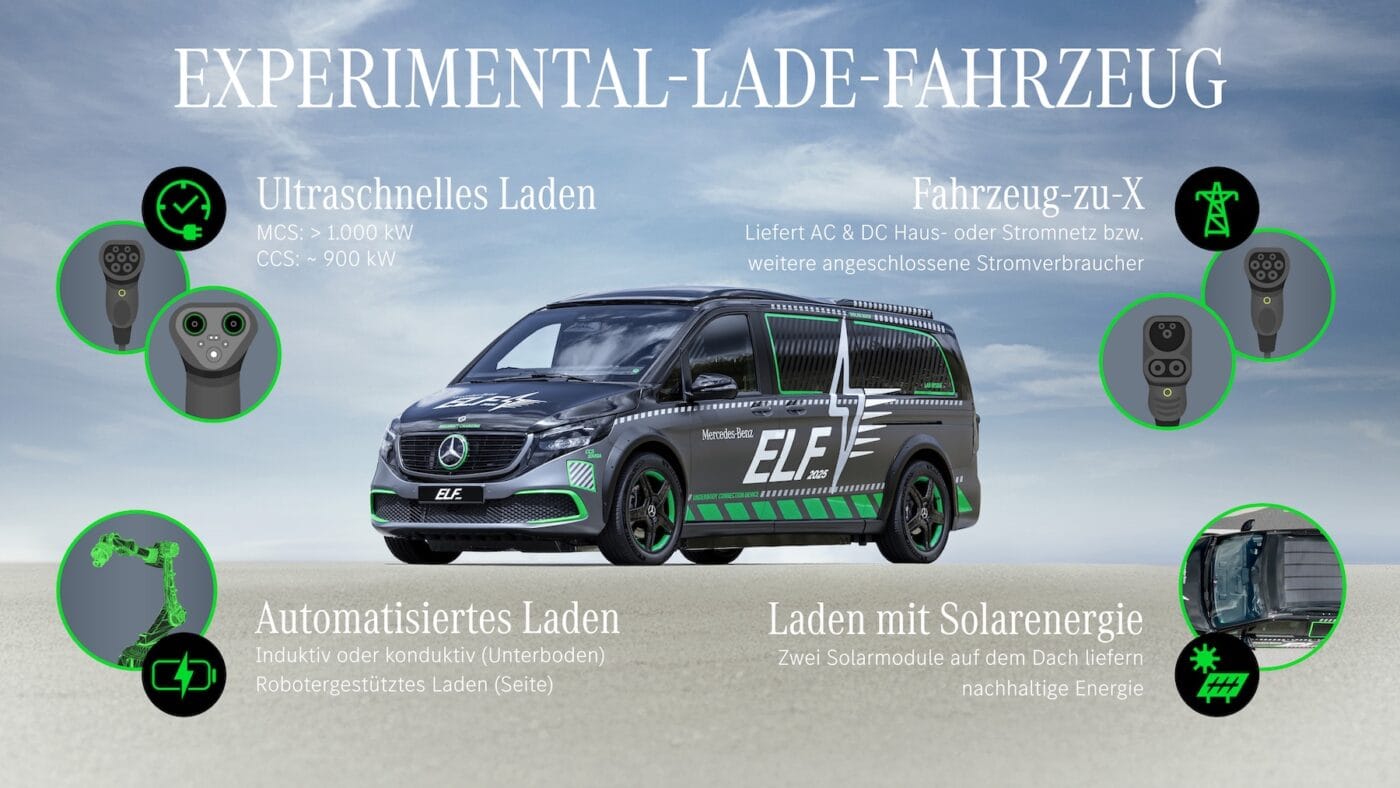
Mercedes recently demonstrated this ‘pimped-up’ CCS process in collaboration with charging station manufacturer Alpitronic during the record-breaking journey of the Concept AMG GT XX. While standard CCS charging points are designed for 500 amps, the Alpitronic prototype can transmit currents of up to 1000 amps via a standard CCS cable. To make this possible, Alpitronic engineers used an MCS dispenser originally designed for electric trucks and replaced the MCS cable with a CCS cable with improved cooling. This allowed the test vehicles to be charged at an average of 850 kW, several times in a row.
And now to MCS: Originally developed for heavy-duty transport, this system is known to enable charging capacities in the megawatt range, and just a few days ago, Germany’s first public MCS charging station was opened on the A2 motorway. In the ELF project, MCS serves as a research tool for testing the thermal resilience and performance limits of high-voltage batteries, power electronics, charging cables and other components under extreme conditions. The findings will be incorporated into the development of long-distance vehicles and fleet solutions with short downtimes. In other words, Mercedes does not initially plan to install MCS directly in series-production cars.
Bidirectional charging with AC or DC
Another focus of ELF is bidirectional charging – i.e. feeding energy from the vehicle battery back into the home or grid. While the first series-production vehicles that support bidirectional charging can only do so with either alternating current (AC) or direct current (DC), ELF can do both. Mercedes-Benz sees advantages in both methods: bidirectional AC charging is particularly suitable for domestic wallboxes and feeding energy back into home networks (V2H), but standardisation for different power grids is complex. Bidirectional DC charging is therefore particularly suitable for feeding energy back into the public power grid (V2G) or larger building networks. The new all-electric CLA and GLC are already technically prepared for bidirectional charging with a compatible DC wallbox. Mercedes-Benz will launch its first bidirectional charging services in Germany, France and the UK in the course of 202
With or without cables
Mercedes-Benz is also testing inductive charging, i.e. charging without cables, with the ELF. This involves transferring electrical energy to the vehicle contactlessly via a charging system integrated into the ground. This technology offers great potential, especially at home, for fleet applications and for robot taxis, as it makes charging more convenient and virtually invisible. The charging capacity of the inductive system is currently 11 kW AC, which corresponds to a typical wallbox.
And finally, there is also automated conductive charging. This uses special charging plates in the ground that communicate with the vehicle. They help the driver or the Park Assist to park the vehicle correctly and initiate the charging process. Energy is transferred via a direct physical connection using a connector in the vehicle floor. The charging power here is also currently 11 kW AC. As with inductive charging, drivers do not need to connect or disconnect any cables, which significantly increases convenience and user-friendliness.

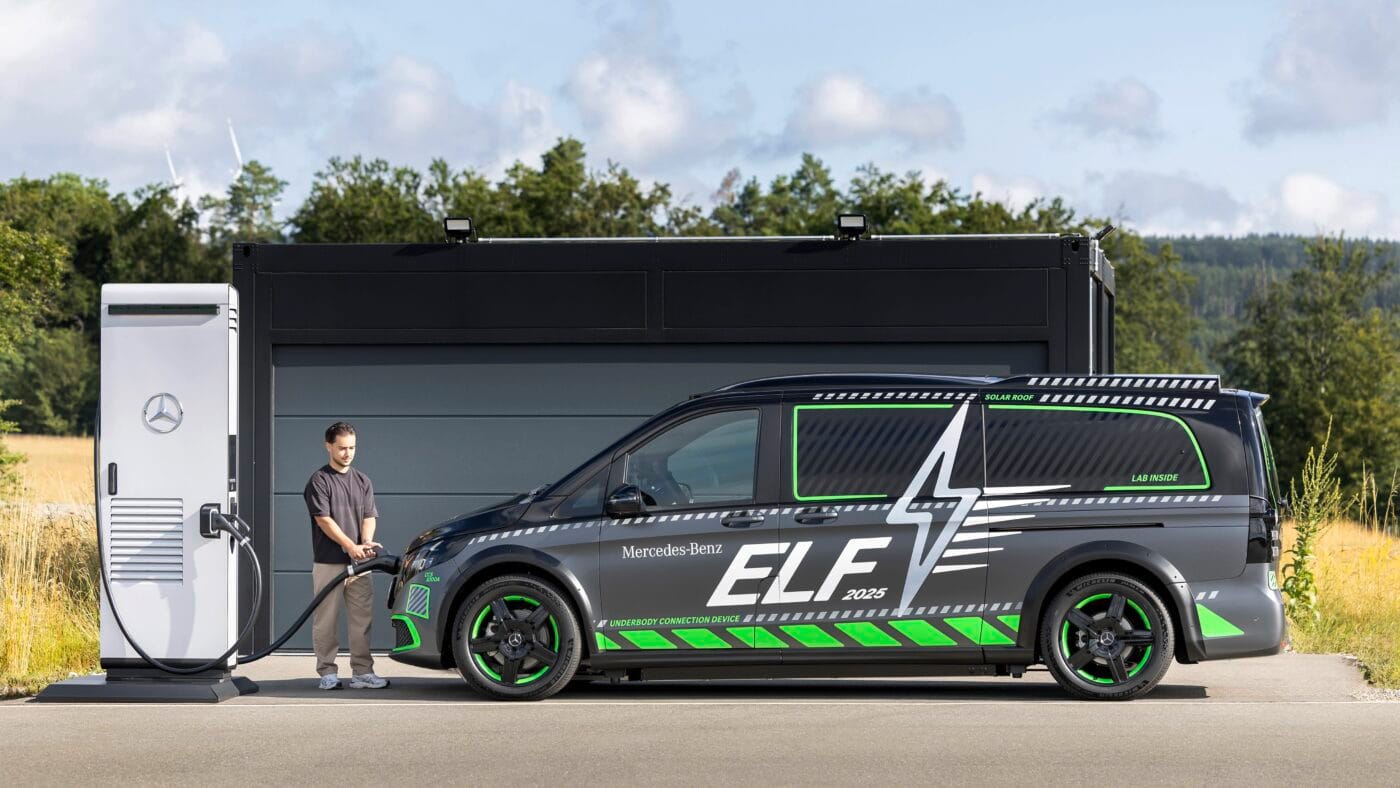
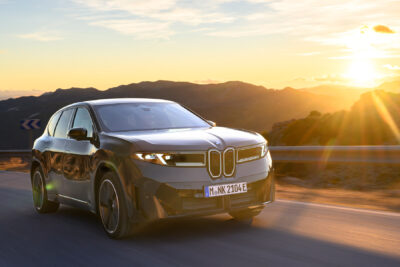
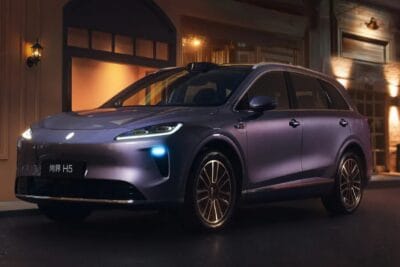
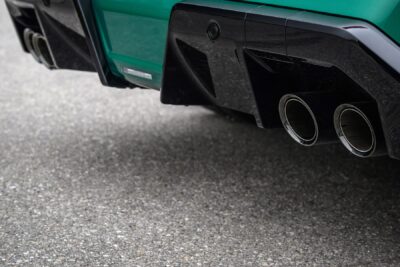
0 Comments